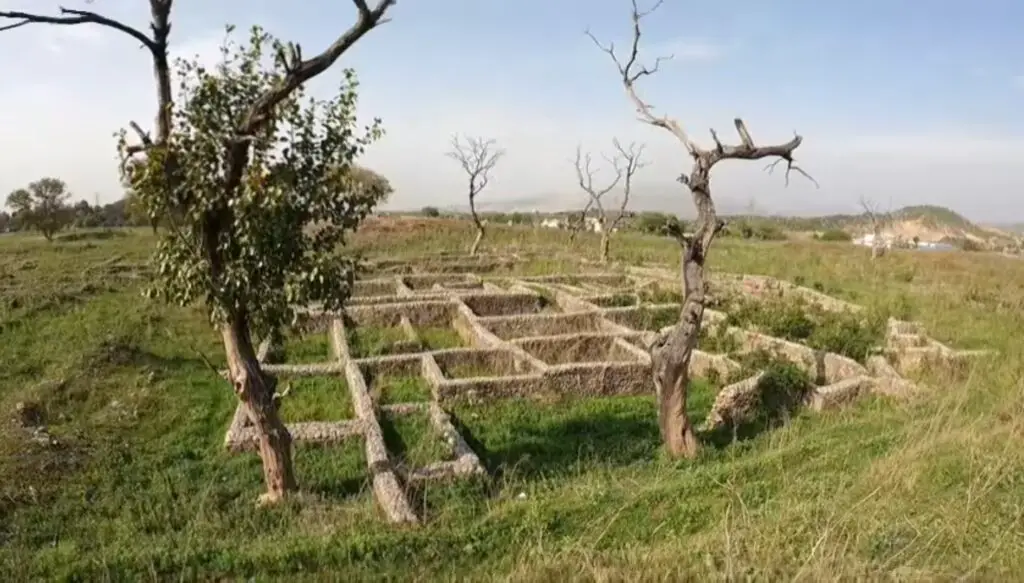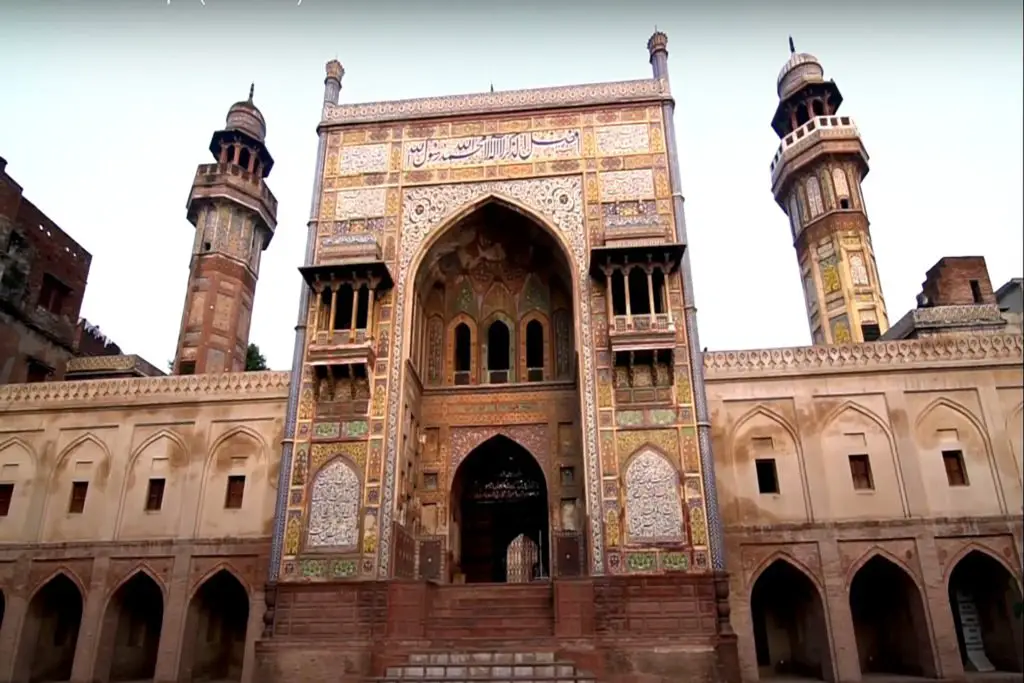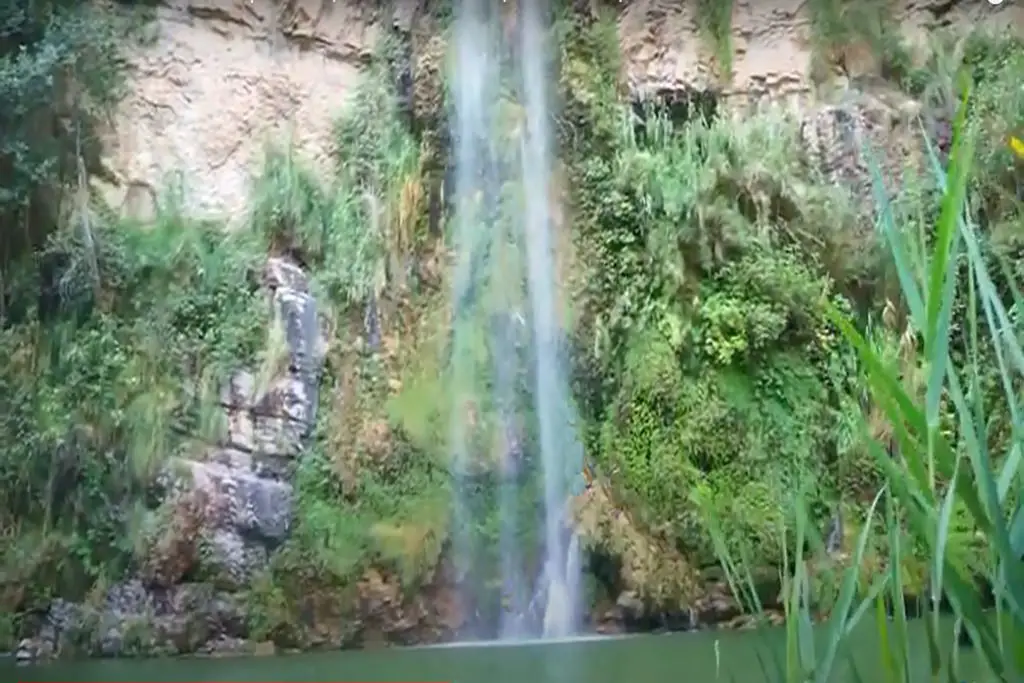Bhir Mound is one of the most important archaeological sites in the region of Taxila, located in the Punjab province of Pakistan. It is situated on the eastern bank of the Haro River, which flows through the region, and is believed to be one of the earliest settlements in the area, dating back to the prehistoric period.
Bhir Mound Location
Bhir Mound is located in Taxila City and very near to Taxila Museum. It is around 40 kms from Capital City of Islamabad.
Bhir Mound Height & Area
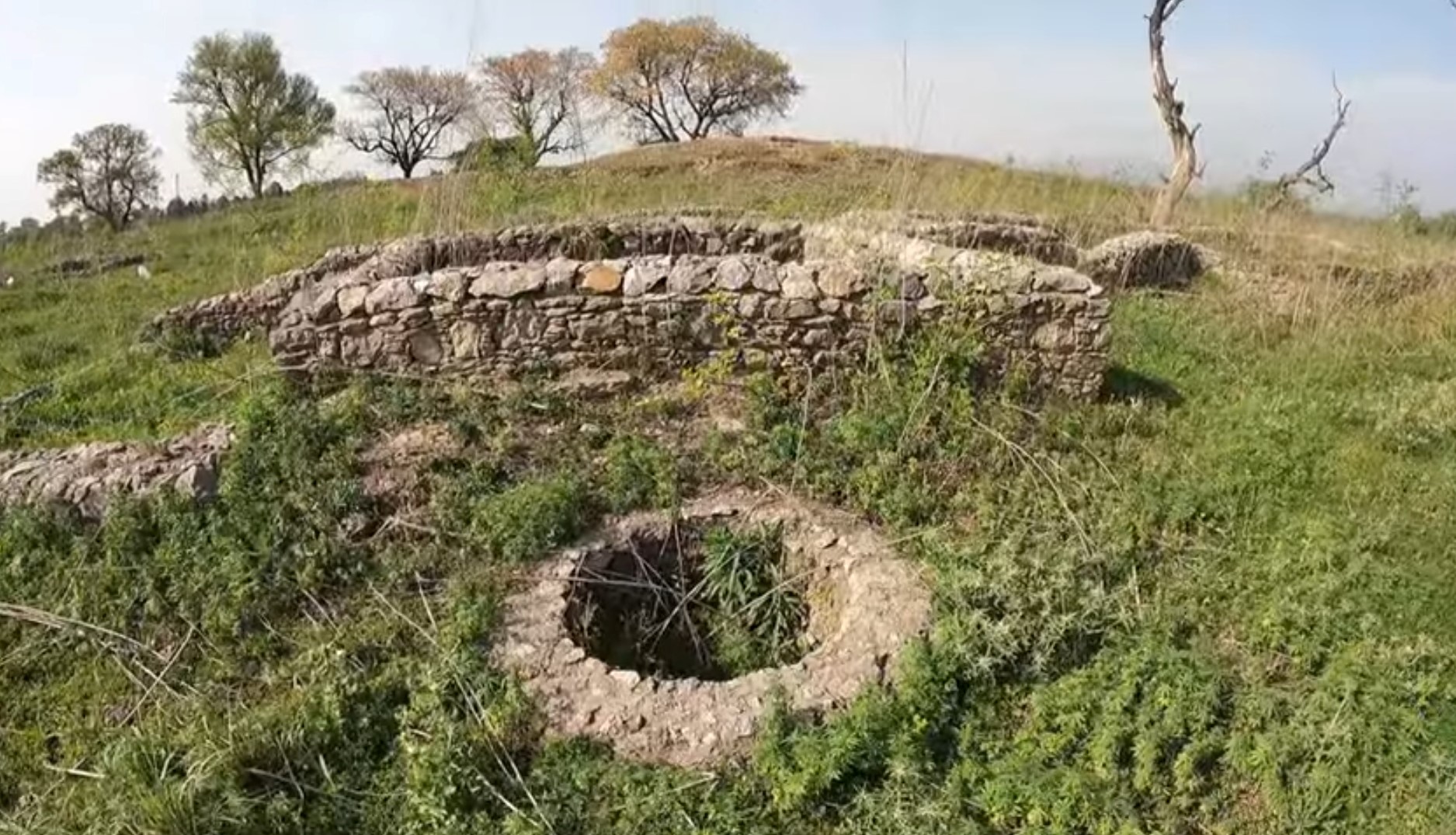
The mound is approximately 6 meters high and covers an area of around 14 acres. Excavations at the site have revealed the remains of several ancient structures, including a fortified citadel, a palace, and a number of residential buildings.
Archaeological evidence suggests that Bhir Mound was inhabited during the Neolithic and Chalcolithic periods, from around 4000 BCE to 1500 BCE. During this time, the people of Bhir Mound engaged in agriculture, animal husbandry, and trade with other regions.
History of Bhir Mound
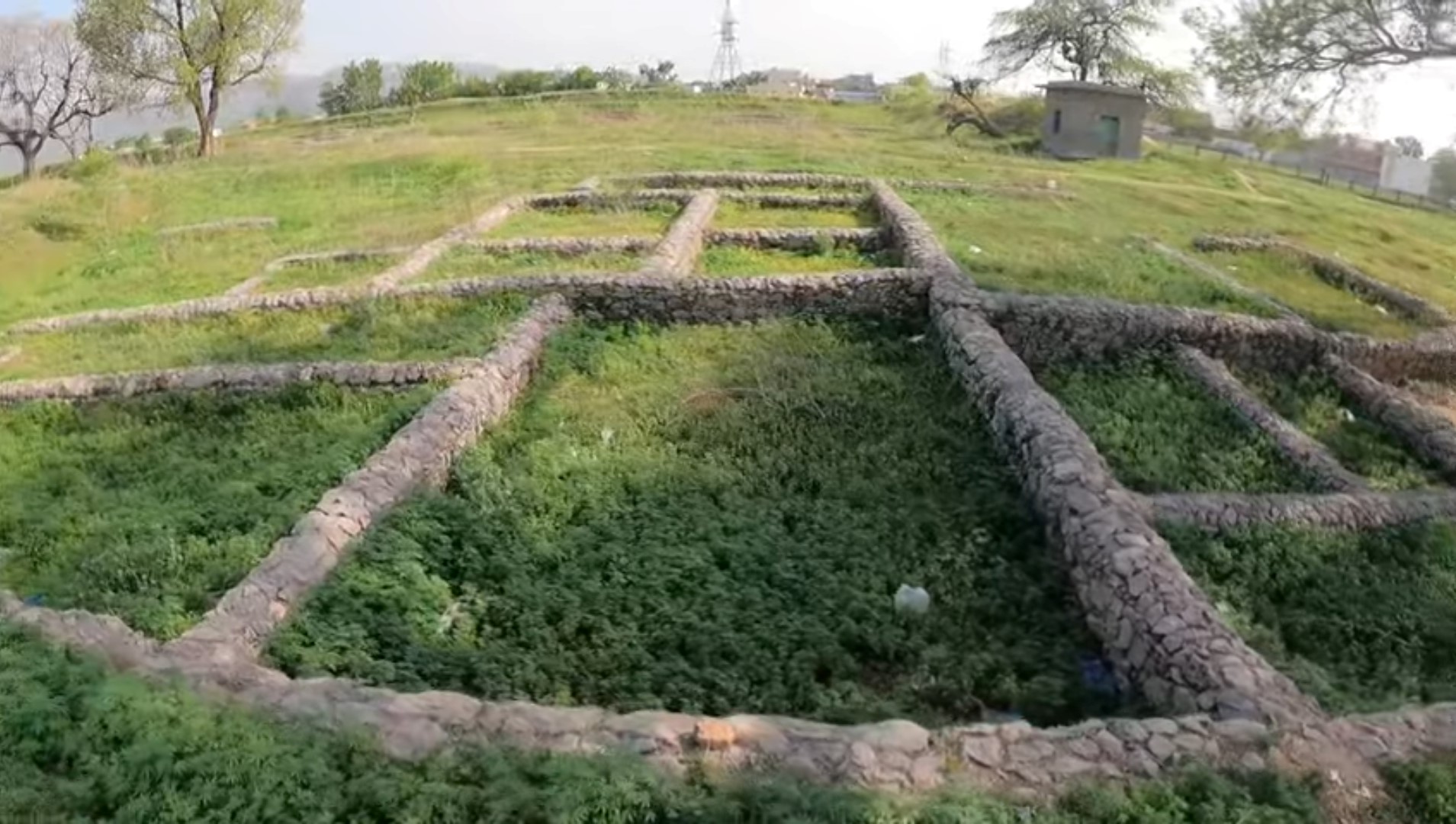
Bhir Mound has a long and complex history, with evidence of human occupation stretching back to the prehistoric period. The earliest evidence of human habitation at Bhir Mound dates back to the Neolithic period, around 4000 BCE. At this time, the site was likely a small settlement of farmers and herders.
Over the centuries, the site grew in size and complexity, with evidence of successive civilizations leaving their mark on the landscape. The Harappan civilization, which flourished in the Indus Valley from around 2600 to 1900 BCE, left behind pottery and other artifacts at the site.
During the Achaemenid Empire (550-330 BCE), Bhir Mound was likely an important settlement in the region. The discovery of fire altars at the site suggests that the people of Bhir Mound were practicing the ancient Zoroastrian religion, which was widespread in the region during this time.
The site continued to be occupied during the Buddhist period, from the 3rd century BCE to the 5th century CE. The remains of a large Buddhist stupa, or religious monument, have been discovered at the site, as well as numerous smaller stupas and shrines.
Following the decline of the Buddhist period, Bhir Mound was abandoned and largely forgotten. It was rediscovered by British archaeologists in the late 19th century, and extensive excavations were conducted in the early 20th century.
During these excavations, a large number of artifacts were uncovered, including pottery, jewelry, and coins. These artifacts have helped to shed light on the history and culture of the people who lived at Bhir Mound over the millennia.
Today, Bhir Mound is an important archaeological site, and ongoing excavations and research are being conducted to learn more about its history and significance. The site is also a popular destination for tourists and history buffs, who come to explore the ancient ruins and learn about the region’s rich cultural heritage.
Discovery of Bhir Mound
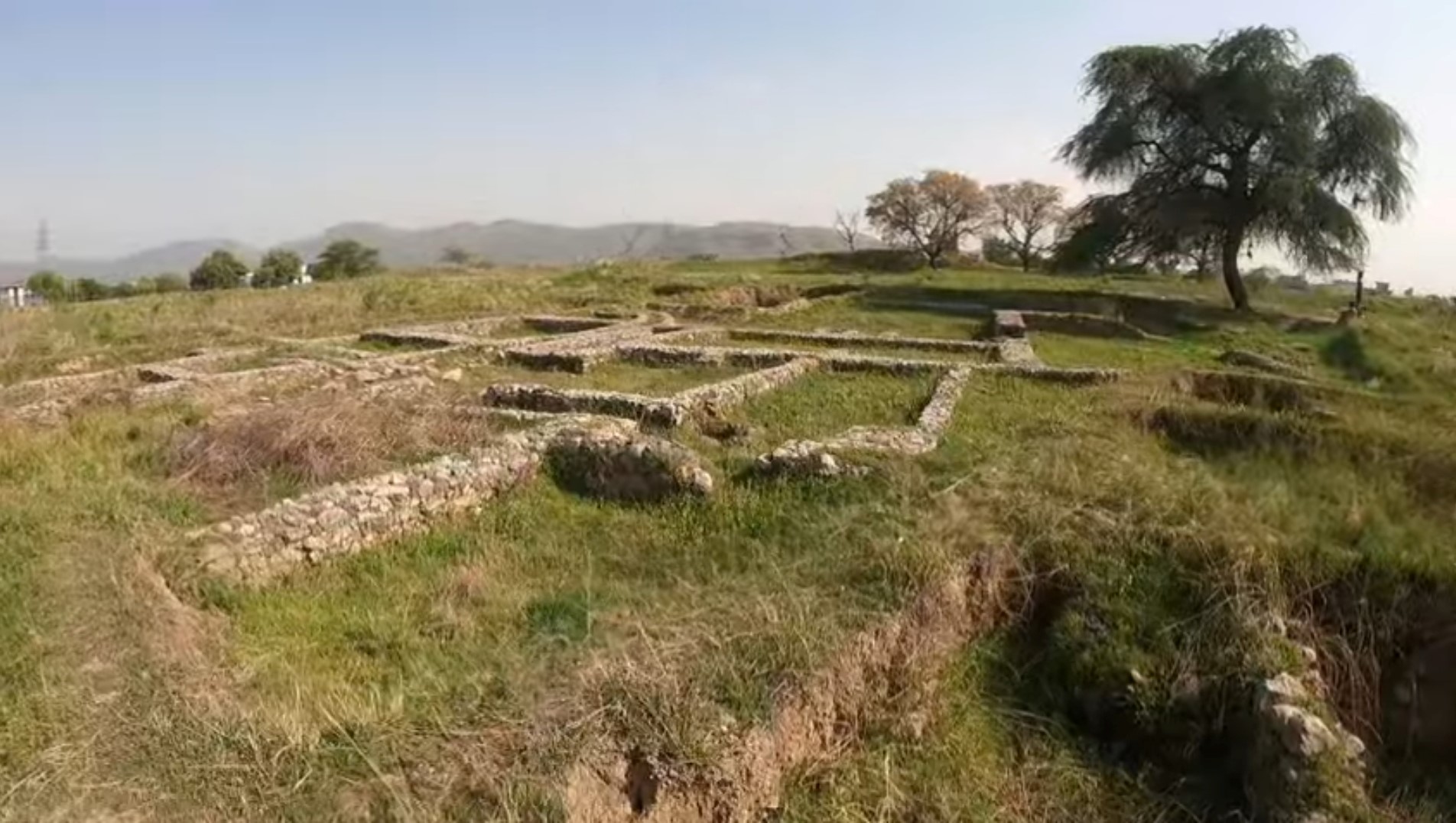
The site was rediscovered in the 19th century by British archaeologists, who conducted a number of excavations at the site. In the early 20th century, the site was extensively excavated by Sir John Marshall, the Director-General of the Archaeological Survey of India, who uncovered many important artifacts and structures.
The excavations at Bhir Mound have yielded a wealth of archaeological treasures, including pottery, bronze figurines, jewelry, and other objects. These artifacts provide valuable insights into the culture and way of life of the people who lived in the region during the prehistoric and ancient periods.
One of the most significant discoveries at the site was a series of fire altars, which are believed to have been used for religious ceremonies. The altars were made of baked clay and were decorated with intricate designs and inscriptions.
Today, the site of Bhir Mound is a popular tourist attraction and is visited by thousands of people each year. The site has been designated as a protected archaeological area by the Pakistani government, and efforts are underway to preserve and protect the site for future generations.
Spiritual & Religious Significance of Bhir Mound
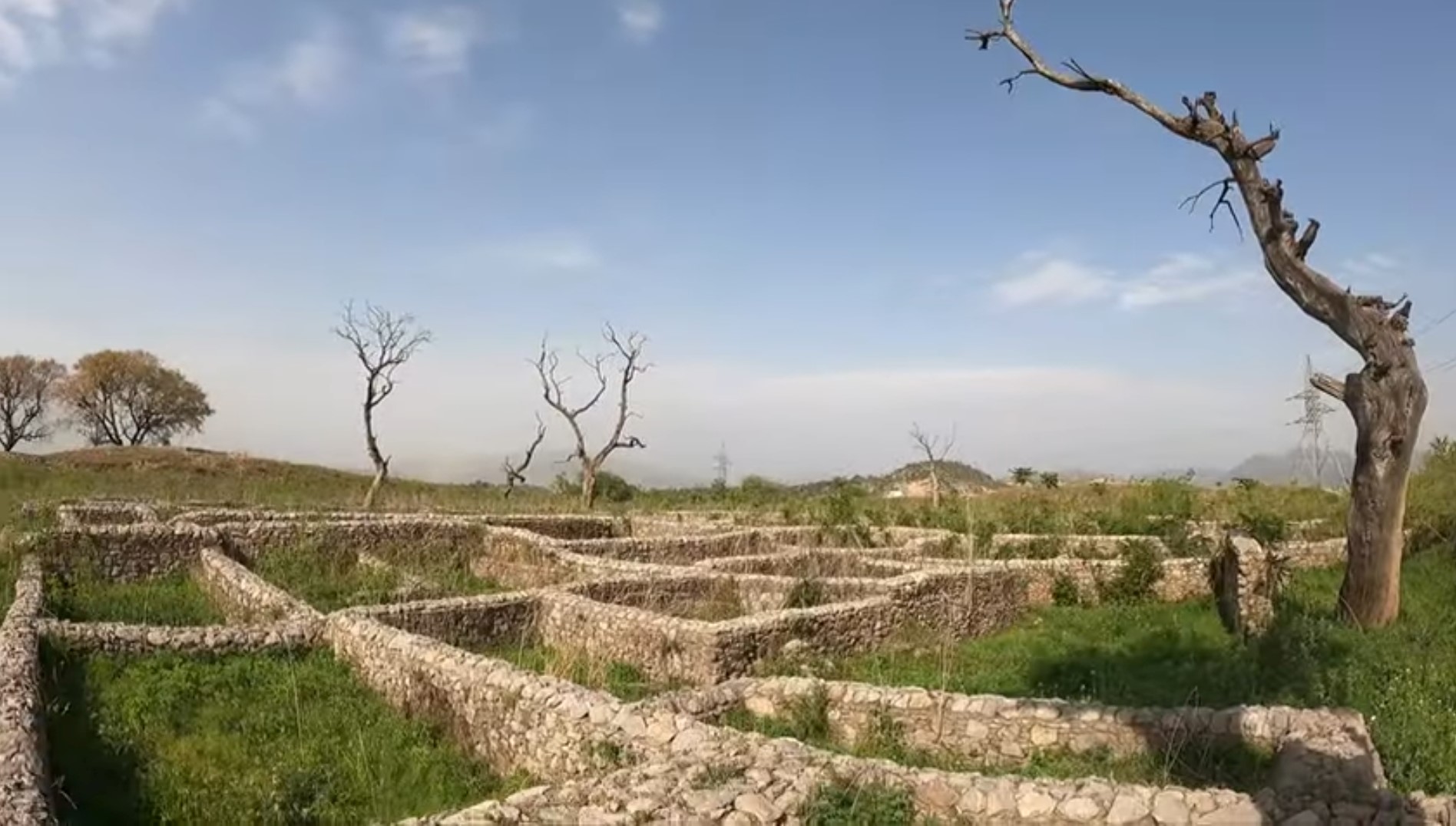
In addition to its archaeological significance, it also holds religious and spiritual significance for many people in the region. The fire altars discovered at the site are believed by some to be associated with the ancient Zoroastrian religion, which was practiced in the region during the Achaemenid Empire.
The Achaemenids were a powerful empire that ruled over much of the Middle East and Central Asia from 550 BCE to 330 BCE. Taxila was an important city within the Achaemenid Empire, and Bhir Mound was likely one of the major settlements in the region during this time.
The artifacts discovered at Bhir Mound provide important clues about the trade and commerce of the region during the ancient period. The pottery and other objects found at the site suggest that the people of Bhir Mound were engaged in trade with other regions, including the ancient civilizations of Mesopotamia and the Indus Valley.
The discovery of coins from the ancient Persian Empire at the site also suggests that the people of Bhir Mound had established trade relations with Persia, which was a major power in the region during the Achaemenid period.
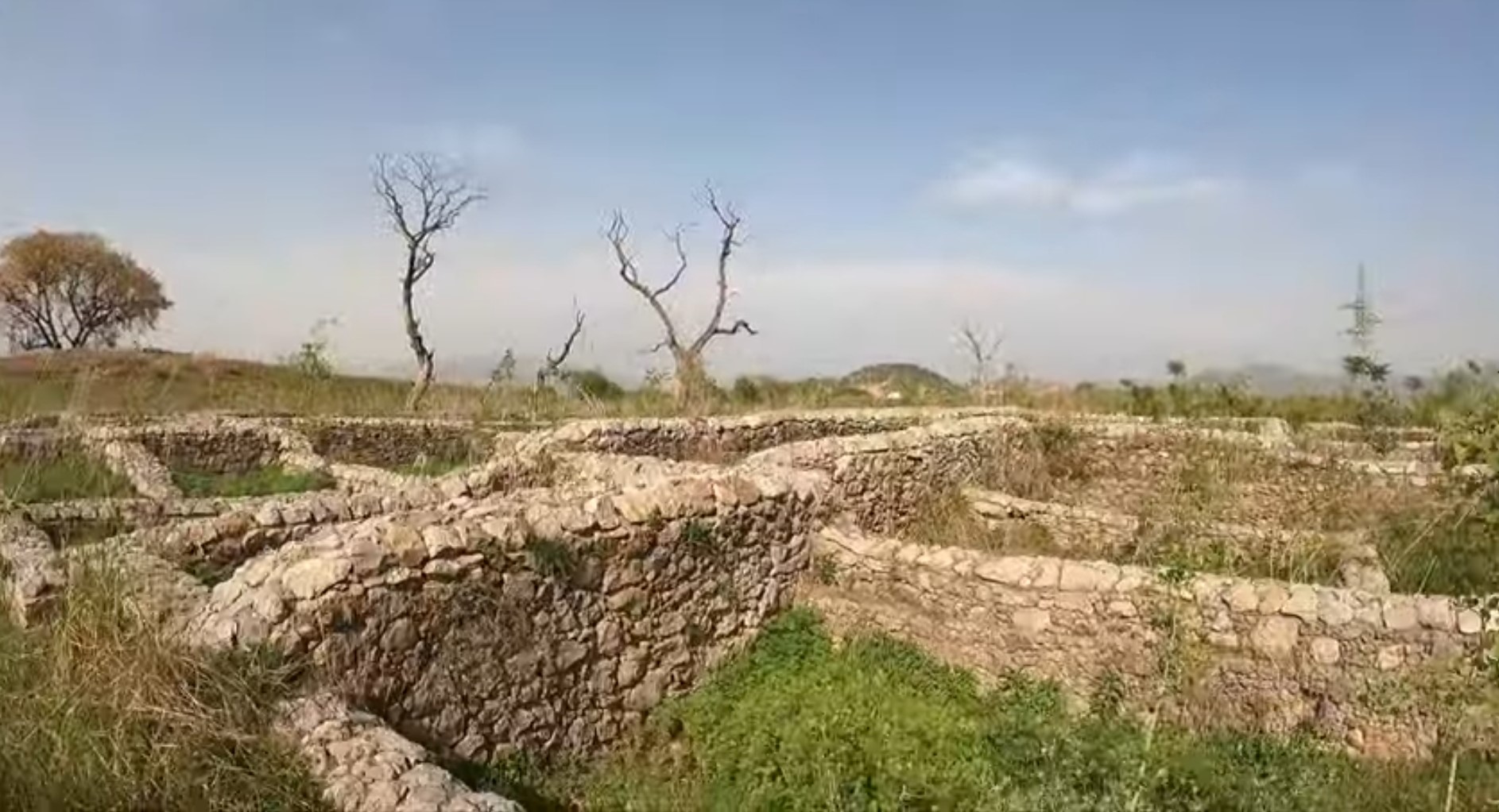 In recent years, there have been concerns about the preservation of Bhir Mound and other archaeological sites in the region. Urbanization and development have encroached on many ancient sites, putting them at risk of damage and destruction.
In recent years, there have been concerns about the preservation of Bhir Mound and other archaeological sites in the region. Urbanization and development have encroached on many ancient sites, putting them at risk of damage and destruction.
Efforts are underway to protect and preserve these important archaeological sites, including Bhir Mound. The Pakistani government has designated the site as a protected archaeological area, and ongoing excavations and research are being conducted to learn more about the history and significance of the site.
But more efforts are required from the respective departments to preserve these hisotical sites as are being neglected at the moment as there is not much conservation and preservation efforts can be seen.

